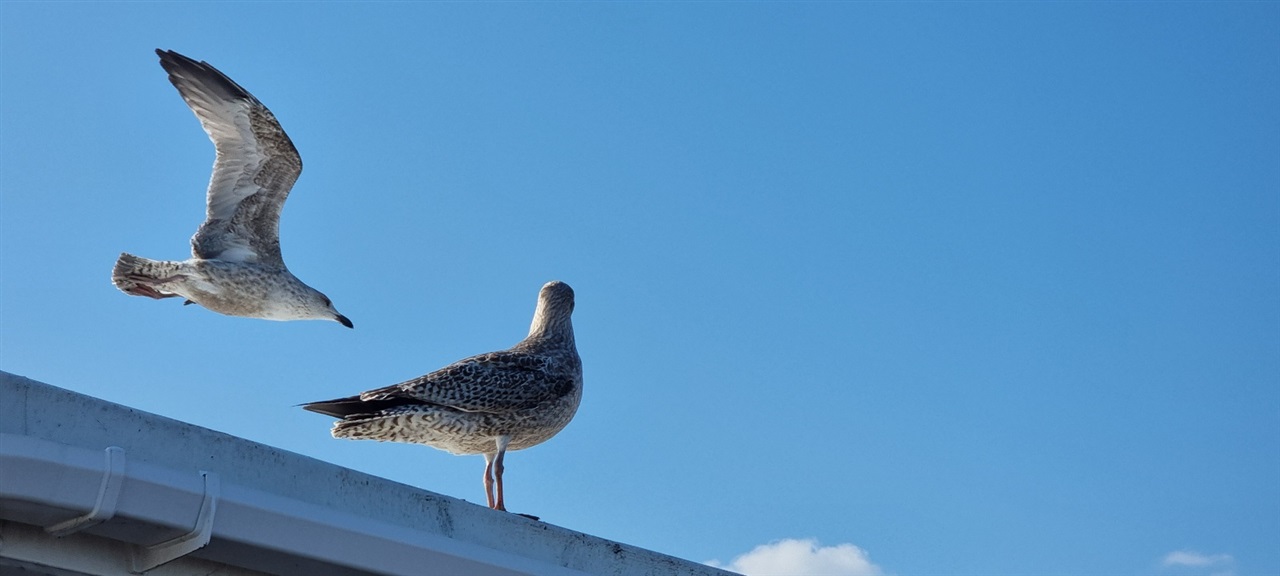I thought this sort of thread might be helpful where not just myself but more so other people can send photos of gulls that they see or ones they dont know what they are and I can help people identify them
theres different species of gulls. in the United Kingdom. some are
of conservation concern and thefore on the red list like greater black backed gull and herring gull but now more sea birds are being put on the red list for conservation concern. with conservation species particularly flock species can apear to be doing well but unfortuantly just cause theres alot of birds in a flock doesnt mean there doing well aswell as the other way around too. Starlings are noticable. theres lots of them in a flock but less than generations ago on average. with gulls they are too begining to decline and due to climate change, how abundant fish are in the sea, weather,good or bad breeding seasons, amoung other factors aswell are responsible for declines in gulls and other seabird species.. although well known for stealing peoples food they just as certain other species can be very interesting
they have a complex social hirachy and communicate through certain types of calls that communicate certain messages and certain types of body language aswell.
during breeding season. in herring gulls, lesser and balck backed there red spot on the bill serves a purpose for there chicks. the red on the bill cause the Chicks to instinctively touch the red spot with there beak to cause the parent to instinctively open its mouth and give it its food in the way they do.
to those who arnt familer with gull identification they can look all the same but there actualy different species
the most common gulls in the UK is
lesser Black backed gull gray wings darker than herring gull and noticably lighter than greater black backed gull and yellow legs -not pale
greater Black backed gull -- pale legs dark blackish gray wingtips and largest gull species
Herring gull light Blueish gray wings, pale legs
Black headed gull smallest gull species. noticably smaller than the larger ones
summer; Black head and face, light gray bluish wings, red legs, small red beak
late summer early winter -below
they gradualy loose the black head and develop black spots on face,
non breeding plummage




